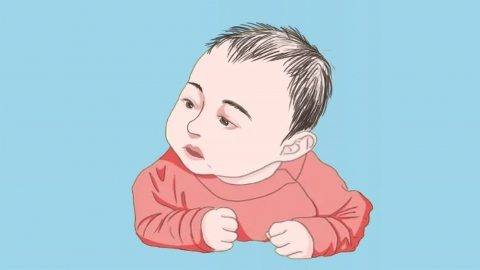What are the symptoms of ADHD in children?
Generally, Attention Deficit Hyperactivity Disorder (ADHD) in children presents with various obvious symptoms, commonly including inattention, excessive activity, impulsiveness, learning difficulties, emotional instability, and others. If these symptoms occur, it is recommended to seek timely diagnosis and treatment at a regular hospital. Detailed analysis is as follows:

1. Inattention
Children with ADHD often struggle to concentrate on tasks. For example, they may frequently lose focus during class, have wandering eyes, and fail to follow the teacher's train of thought. When doing homework, they are easily distracted by surrounding sounds or objects, often getting up repeatedly or fidgeting with items, making it difficult to focus on completing a single task for an extended period.
2. Excessive Activity
These children display significantly higher levels of activity compared to their peers. Even in quiet environments, they find it difficult to remain seated. For instance, during class they may unconsciously fidget, play with stationery, or even leave their seats to move around. At home, they are constantly running about and struggle to engage in quiet activities such as puzzles or reading, appearing to have endless energy.
3. Impulsiveness and Stubbornness
Children may frequently act impulsively, both behaviorally and emotionally, without considering consequences. For example, they may cut into lines while queuing or suddenly argue or fight with peers over minor issues. When things don't go their way, they may immediately cry, throw tantrums, and have difficulty regulating their emotions and behaviors, lacking patience or the ability to wait.
4. Learning Difficulties
Due to inattention, children may face numerous challenges in learning. For example, they may have low listening efficiency in class and be unable to remember the knowledge taught by the teacher. While doing homework, they often miss questions, misread instructions, or make spelling mistakes. Their homework is completed slowly and with poor quality, leading to significantly lower academic performance compared to classmates over time.
5. Emotional Instability
These children often experience significant mood swings. For instance, they may be happily playing one moment and suddenly become irritated or upset over trivial matters the next. They may react strongly to criticism or reprimands, crying or resisting intensely, struggling to calmly accept feedback, and showing poor emotional regulation.
In addition, some children may also experience social difficulties and conflicts with peers. Parents who notice these symptoms in their child should pay close attention and promptly seek professional help.




